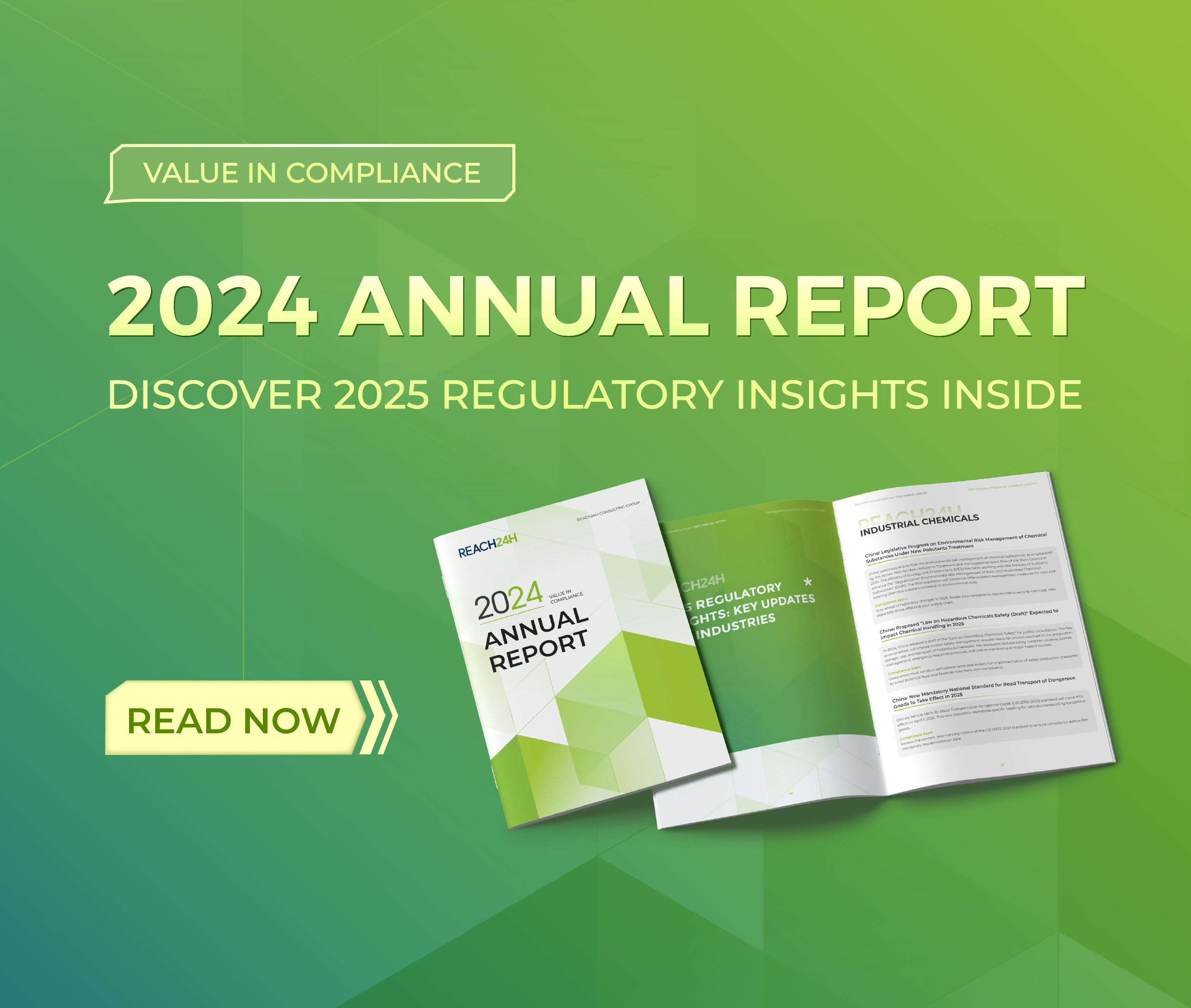ECHA Sees Rise in Alternatives to Animal Testing for Chemical Safety Assessments
The report shows that adaptations continue to be used more than experimental studies, with read-across being the most frequent option. In vitro non-animal test methods have seen a significant uptake in recent years.
On May 30, 2023, the European Chemicals Agency (ECHA) published its fifth report on the use of alternatives to testing on animals for the REACH Regulation. The report finds that progress is being made in the increased use of alternatives to gather data on the properties of substances, in place of animal testing.Similarly, to previous reports, the most common adaptation is read-across, where information from similar substances is used. This is followed by justifications for omitting data (data waiving), combining information from different sources (weight of evidence) and predicting properties from structurally similar substances using computer models (QSAR).
In recent years, there has been a notable increase in the use of in vitro test methods, which involve studies with cells, tissues, or organs. These are used especially to obtain data for skin corrosion/irritation, serious eye damage/eye irritation and skin sensitization.
Around 50% of the studies conducted between 1990 and 2022 for skin and eye irritation have been performed in vitro. For new studies conducted in 2019-2022, this percentage rises to approximately 90%.
“Today’s report shows that alternatives to animal testing are widely used when assessing the safety of chemical substances and further progress is being made recently. We are committed to continue promoting the use of alternatives by contributing to the scientific debate and regulatory work to replace animal testing in the long term.” Said Ofelia Bercaru, who is the director of prioritization of ECHA.
The report sheds light on opportunities and challenges associated with moving away from animal testing in the regulatory assessment of chemicals. Additionally, it presents ECHA’s initiatives to promote non-animal testing and to increase the acceptance and uptake of new approach methodologies.
The Agency also engages in international collaborations such as Accelerating the Pace of Chemical Risk Assessment (APCRA), the European Partnership for the Assessment of Risks from Chemicals (PARC), the European Partnership for Alternative Approaches to Animal Testing (EPAA) and cooperates with the Organisation for Economic Co-operation and Development (OECD).
By facilitating easy access to toxicity data, ECHA supports research and development within the wider regulatory and scientific community.
To further explore new approach methodologies and work towards an animal testing-free regulatory system for industrial chemicals, ECHA organized a workshop on 31 May-1 June. The recording can be accessed here.
| Background
Every three years, ECHA reports to the European Commission on how alternative methods have been used to generate information on the properties and risk assessment of chemical substances. The current report is based on data from 12 439 registered substances up until 31 July 2022. It provides an overview of the various alternative methods and testing strategies used for all registered chemicals in the EU. Under the REACH regulation, testing on vertebrate animals is only permitted as a last resort. ECHA promotes non-animal testing methods and other alternatives. |
Reprinted from: ChemLinked
Contact Us
If you have any questions regarding EU REACH, please feel free to contact us.
Email: customer@reach24h.com
Tel: +86-400-809-5809
News Source: ChemLinked

REACH24H Consulting Group launched ChemLinked in 2012 as a leading service provider of comprehensive regulatory information and compliance solutions, meeting the growing demand for clear and concise regulatory advice and market intelligence in Asia, especially China.
You can register for a membership to read the latest news limitlessly every day on ChemLinked.


